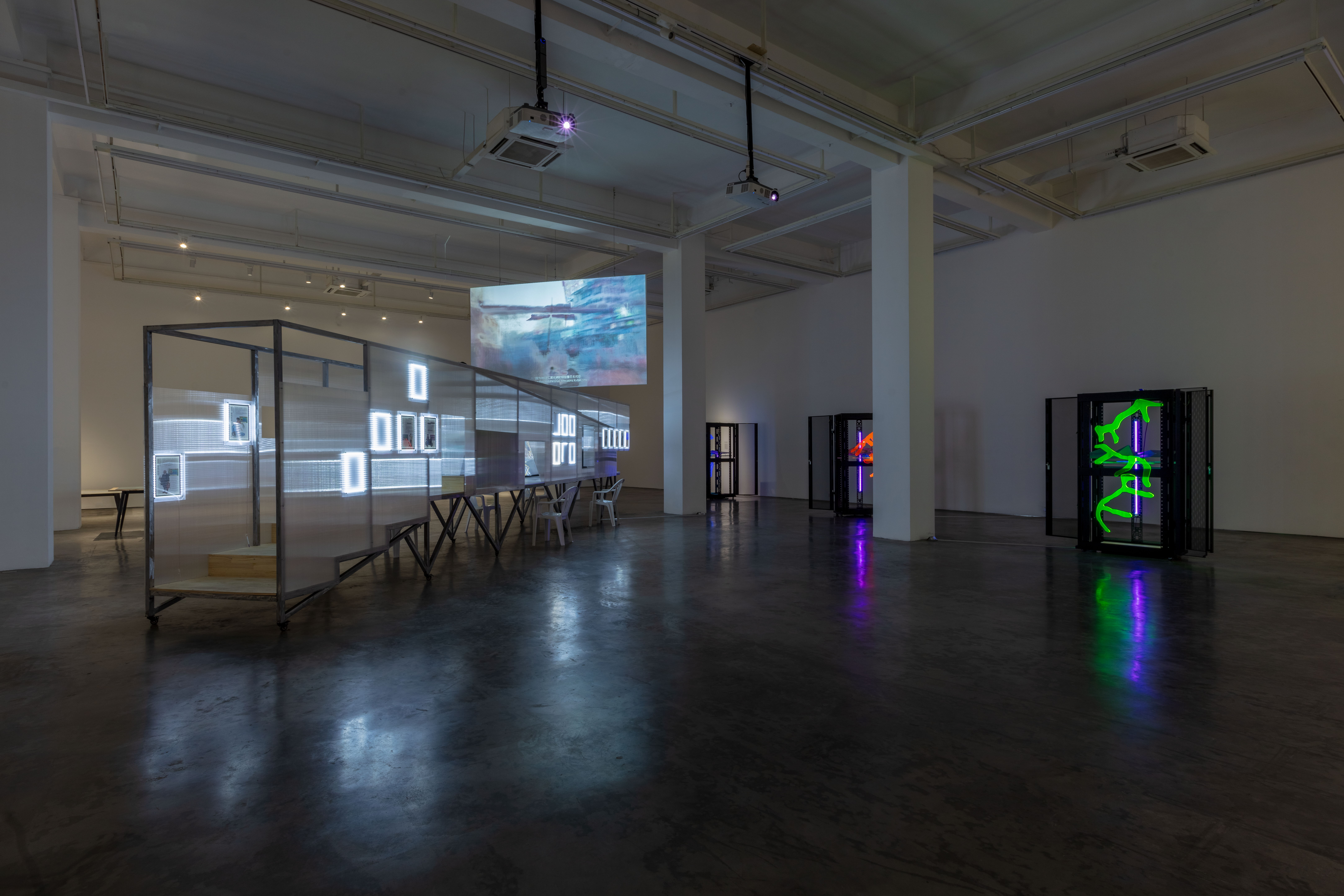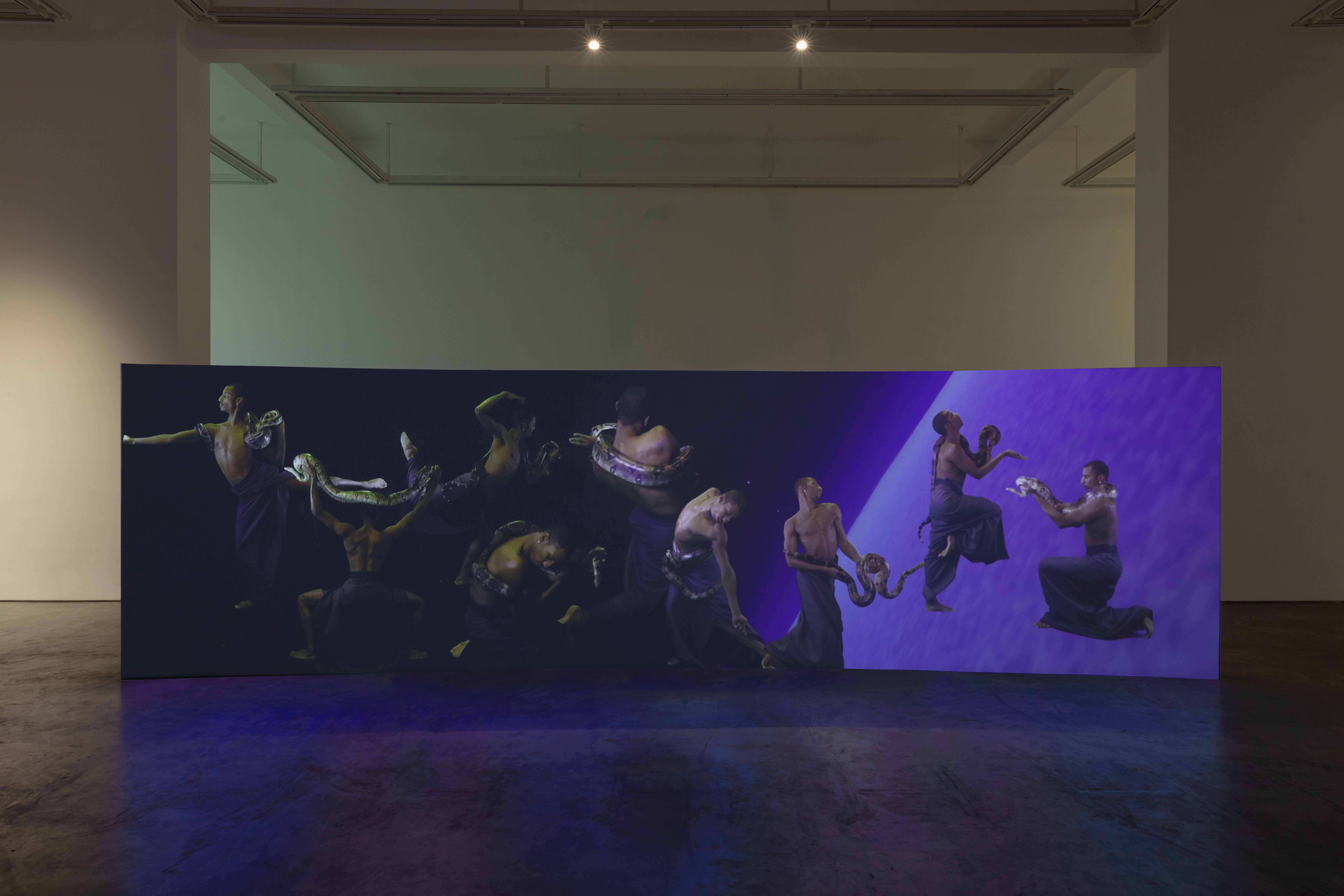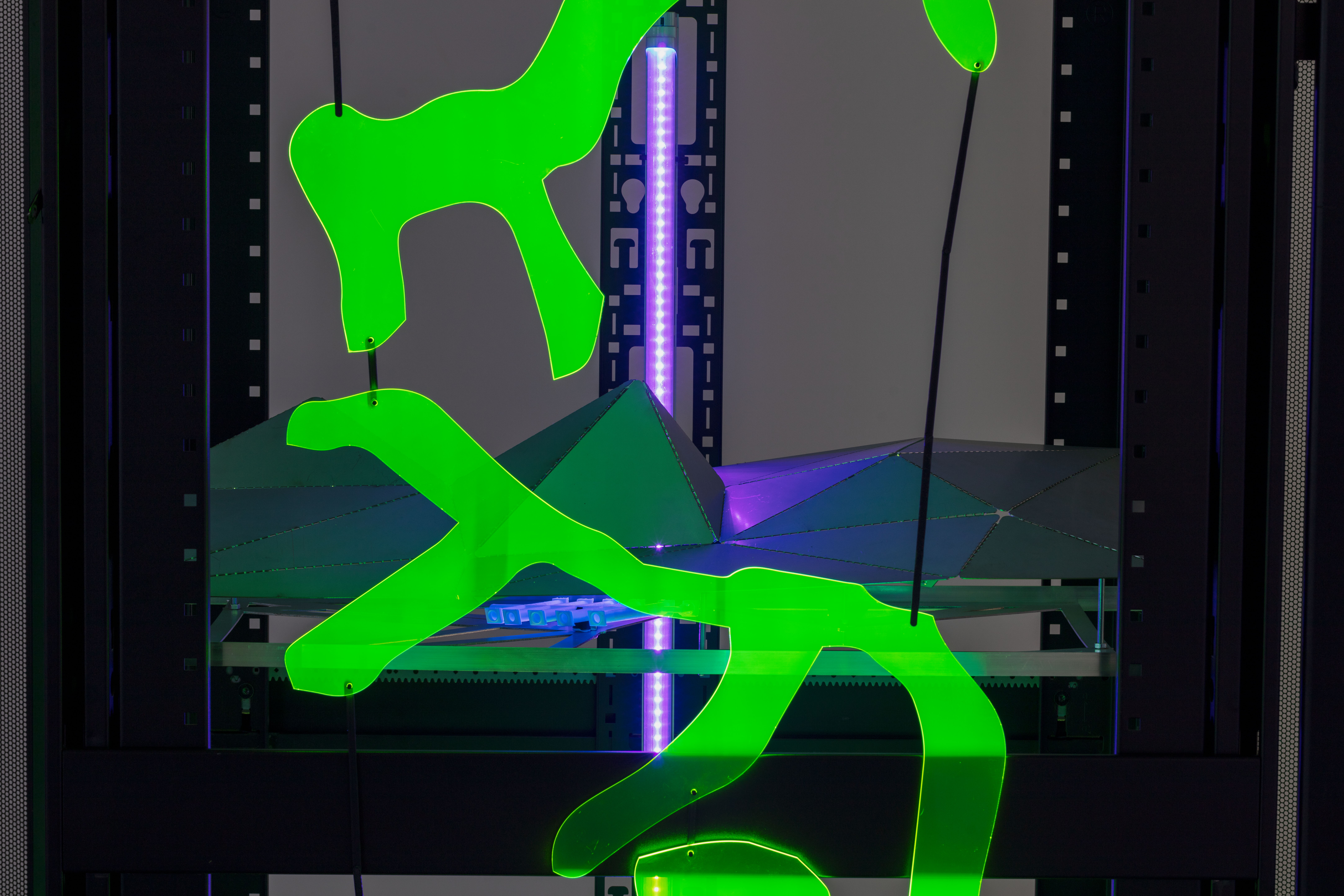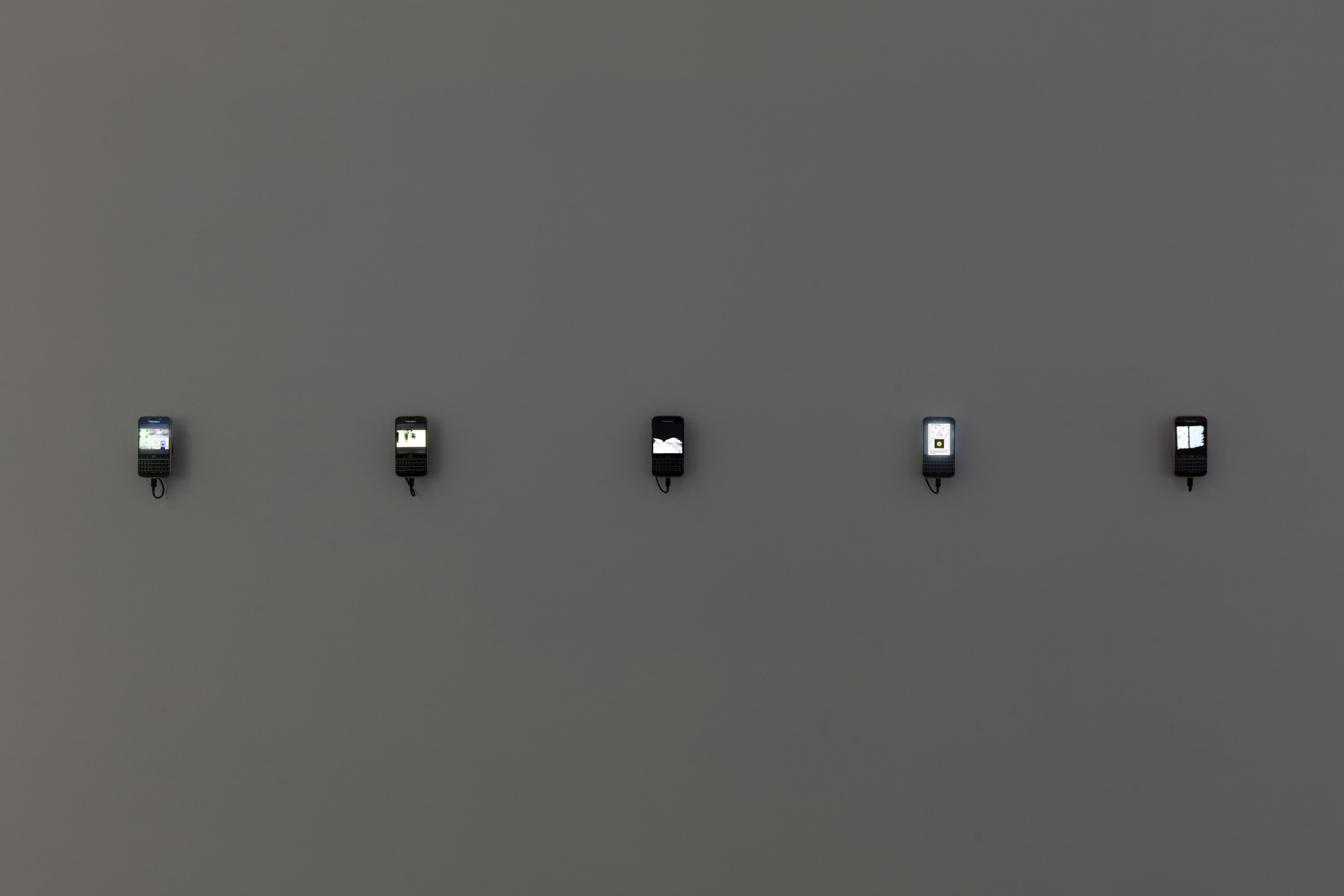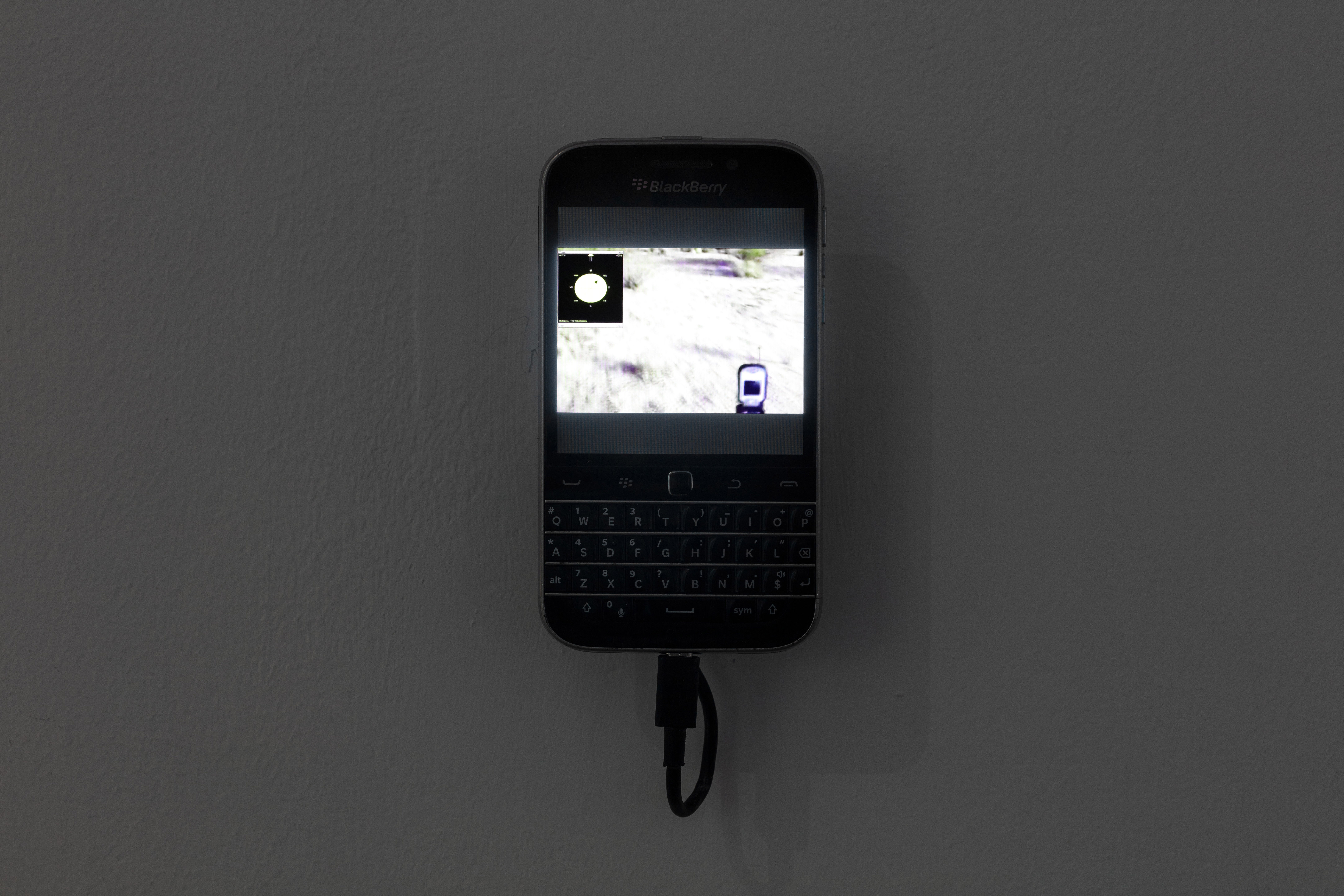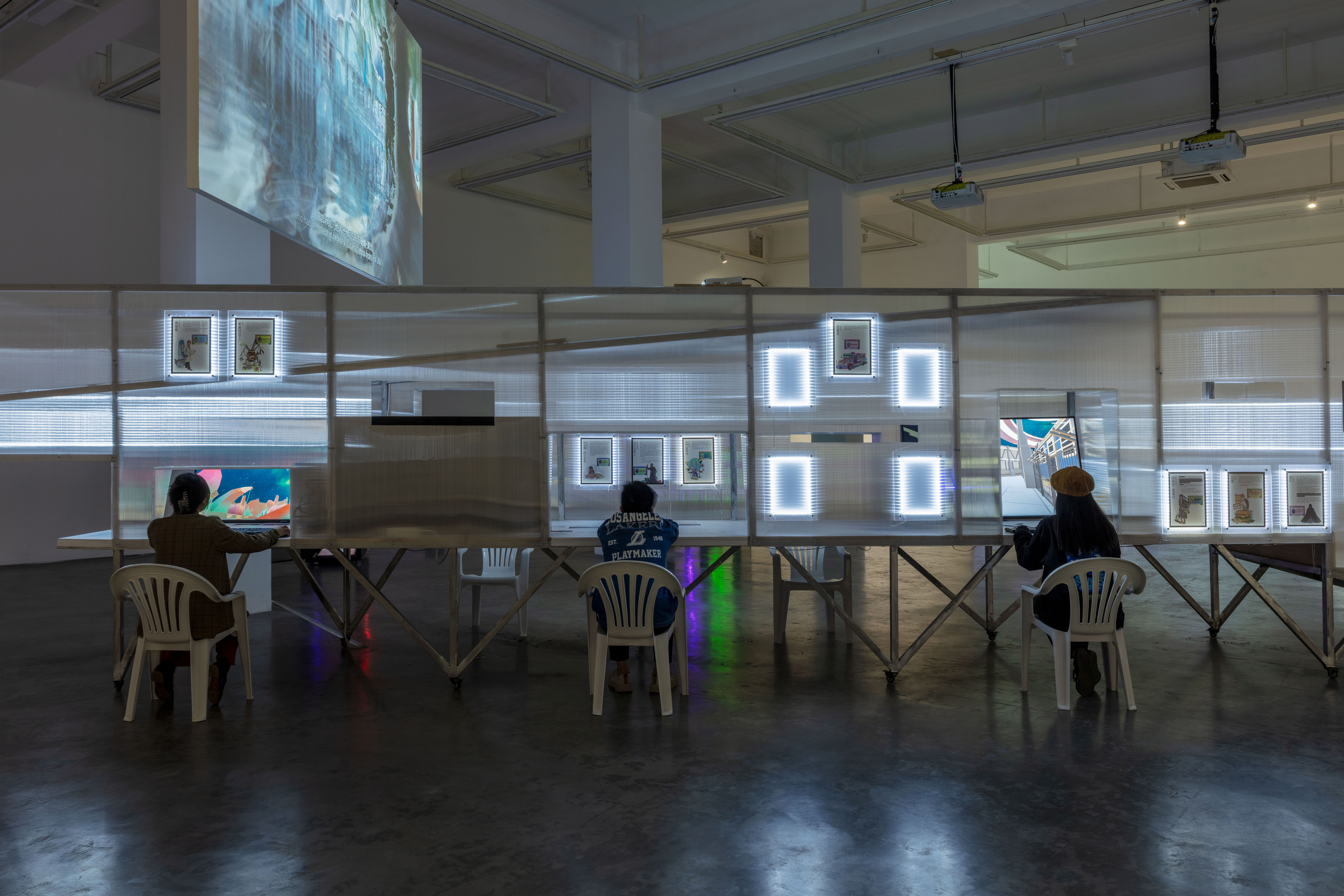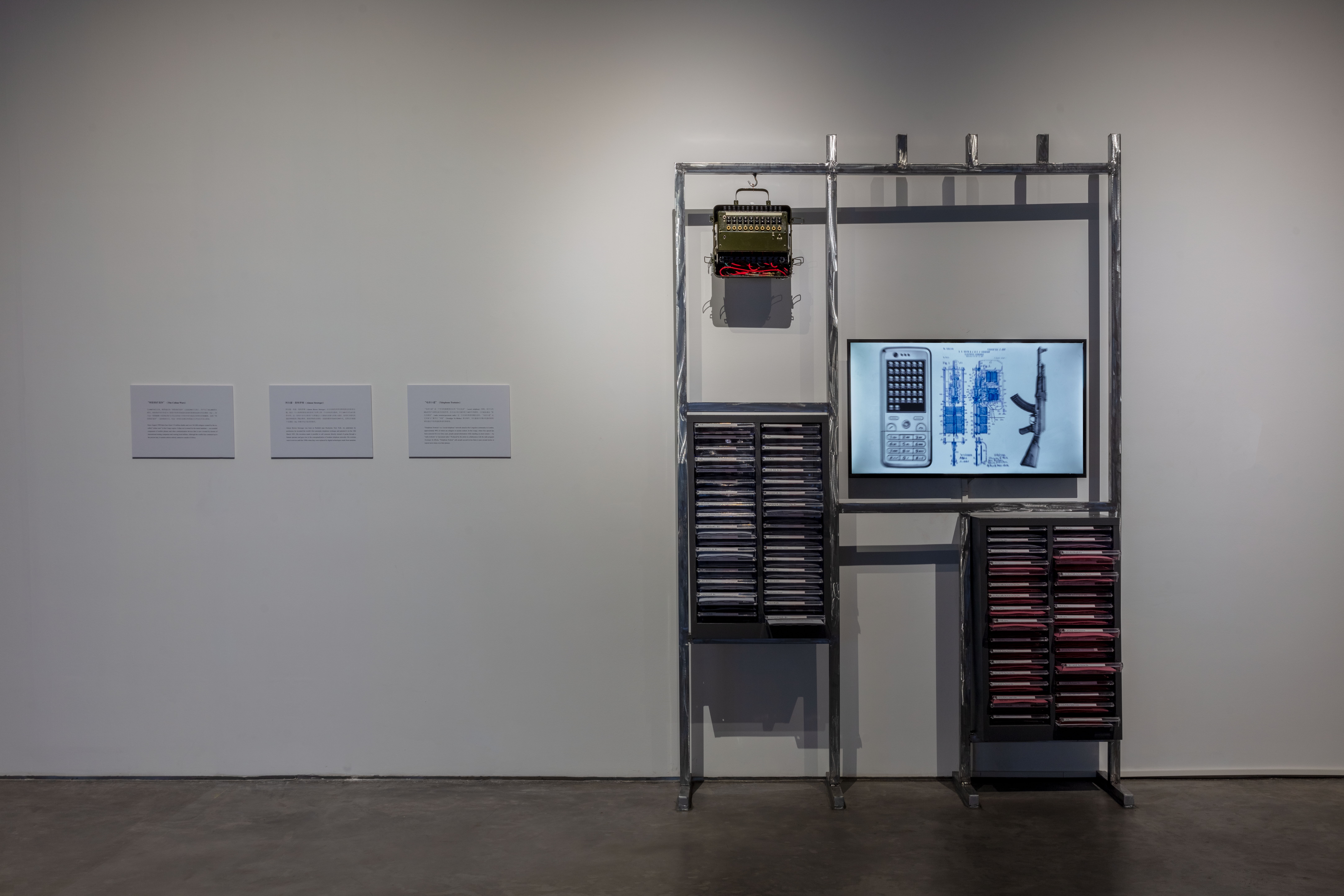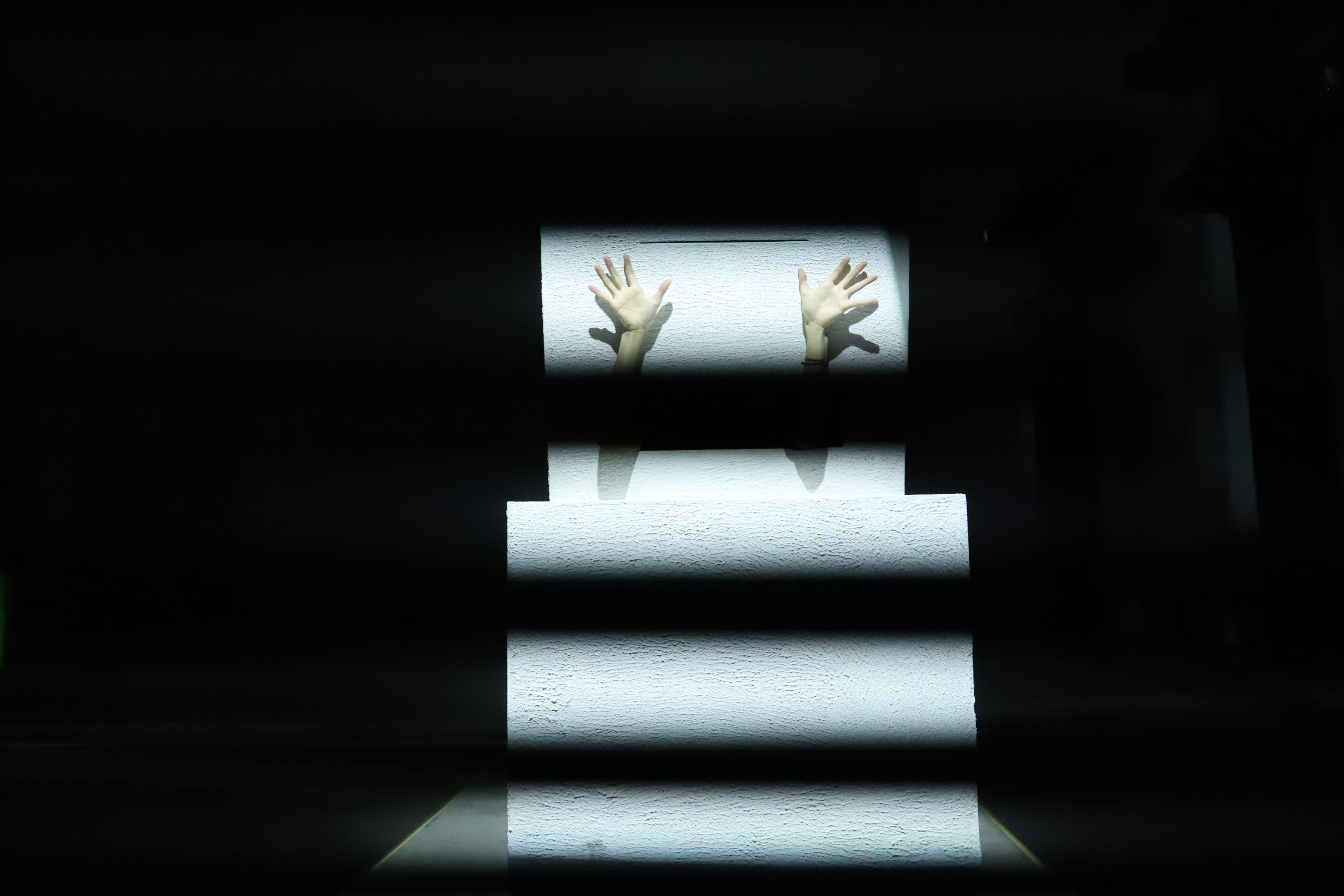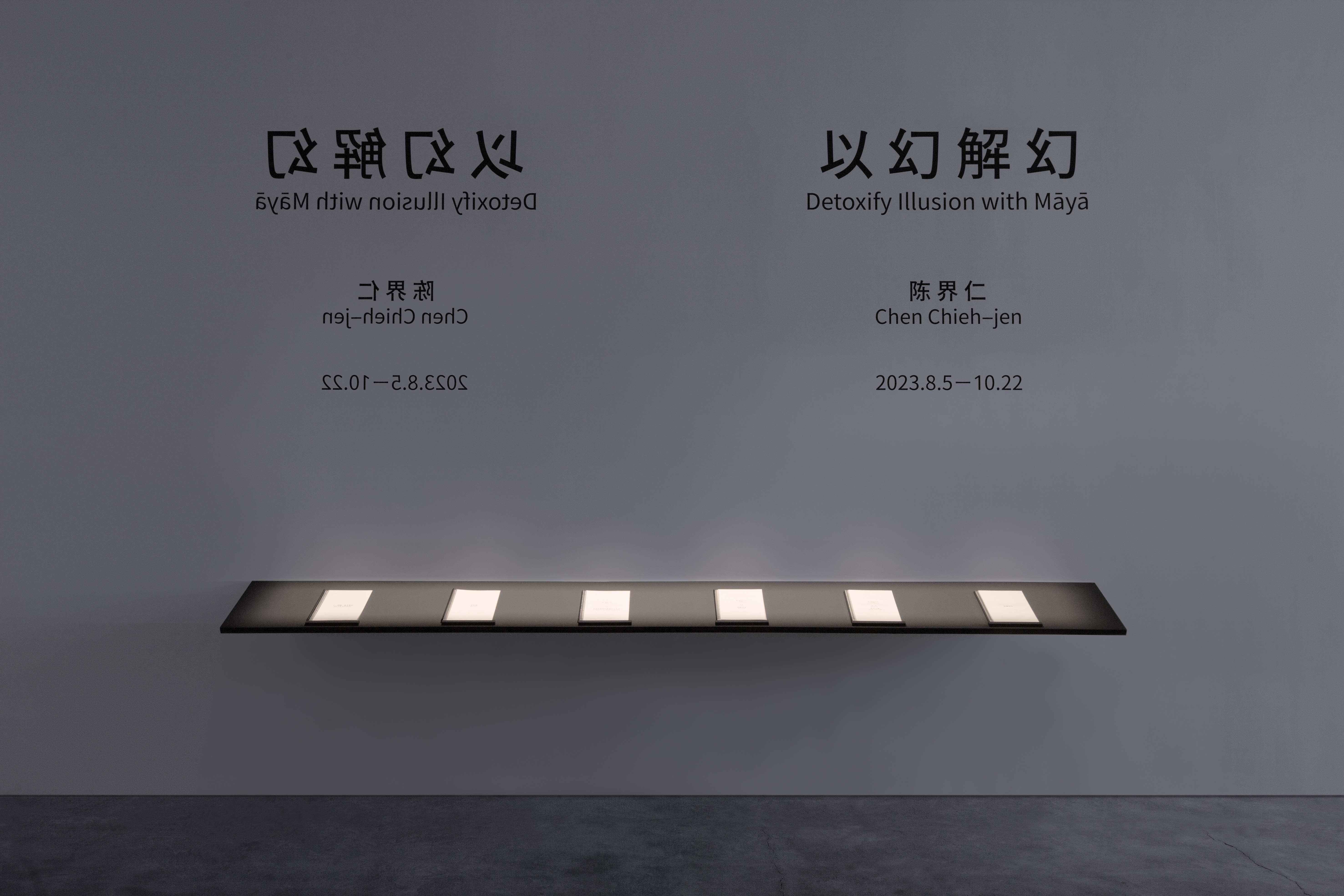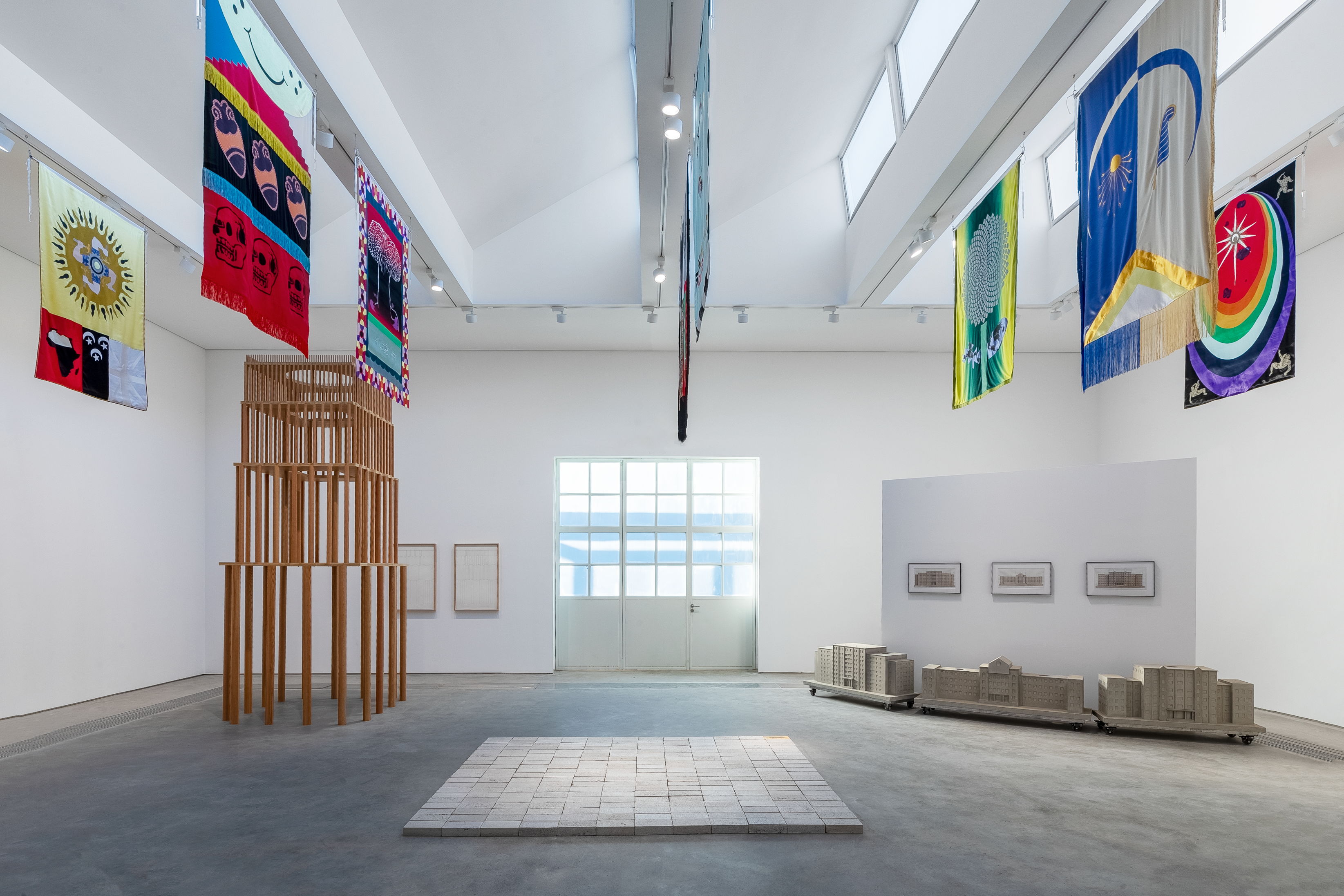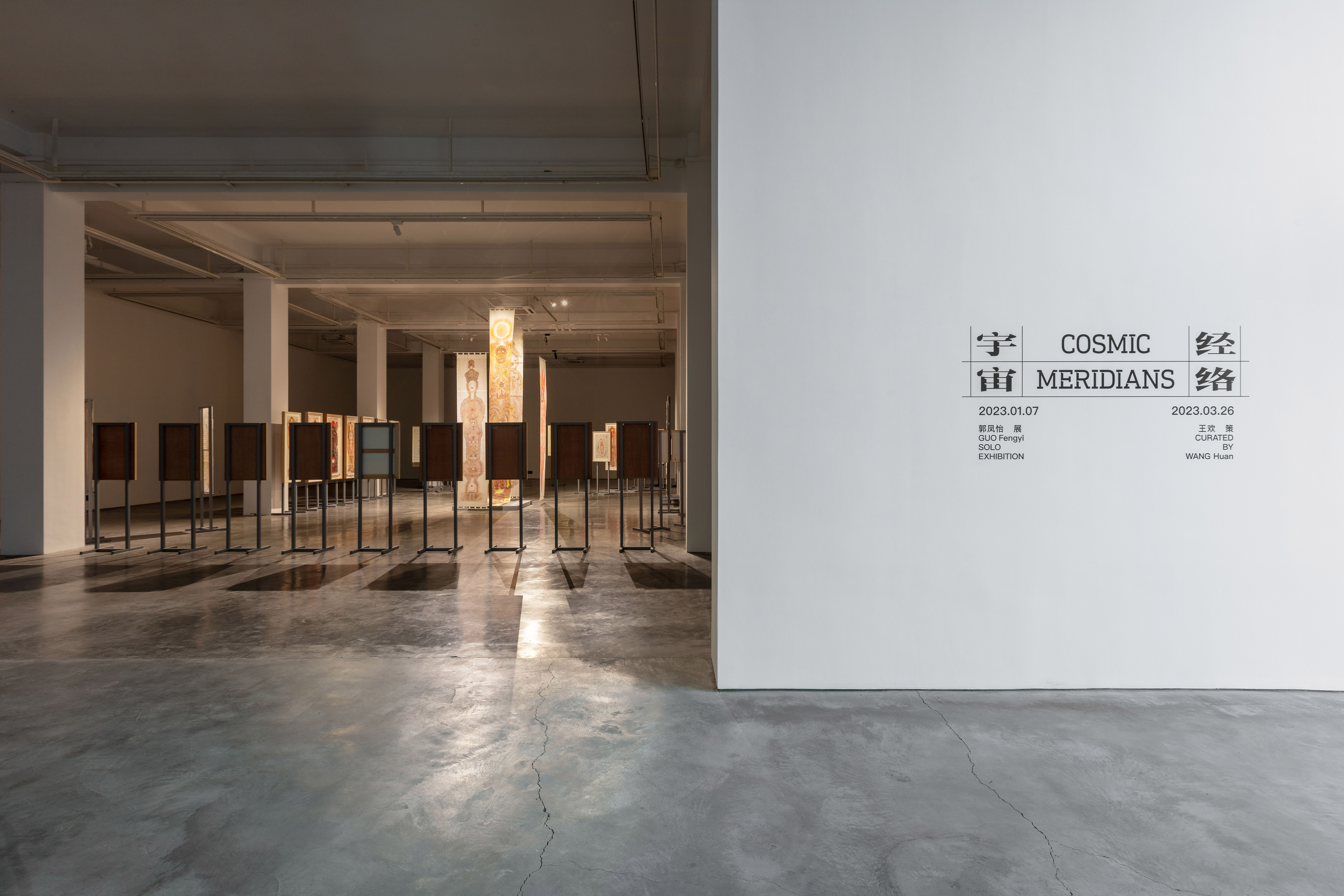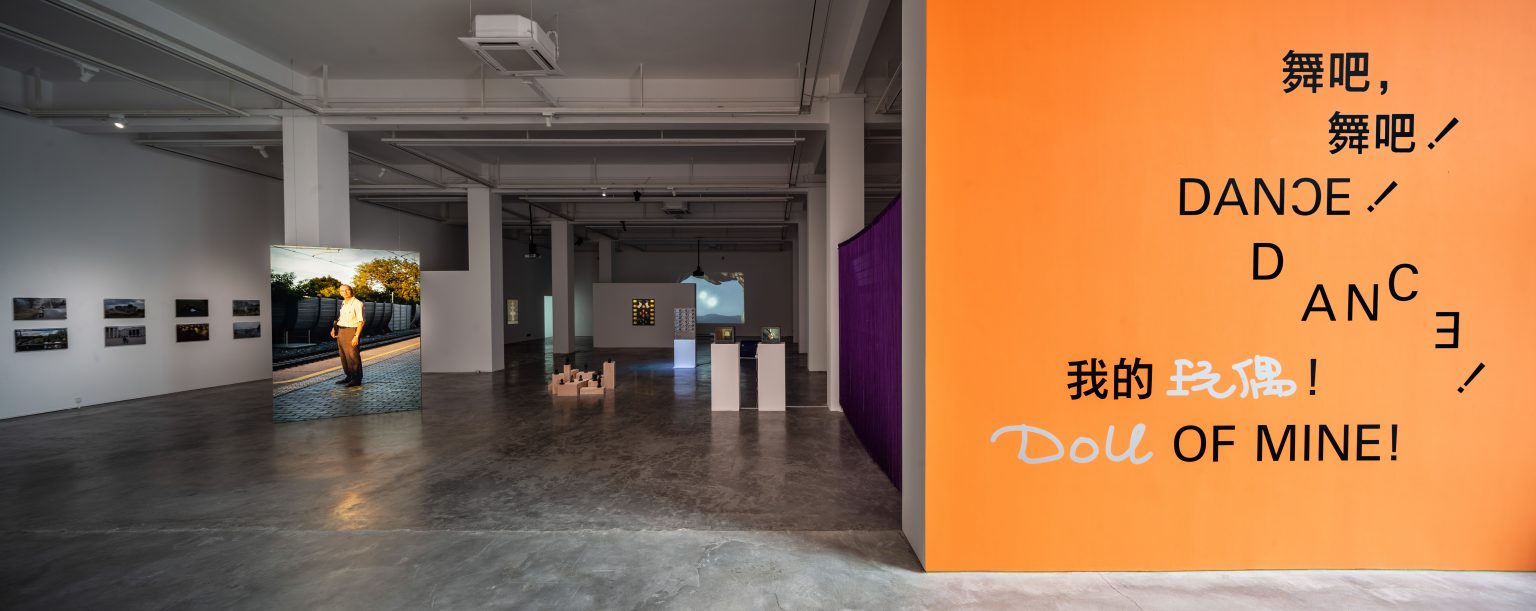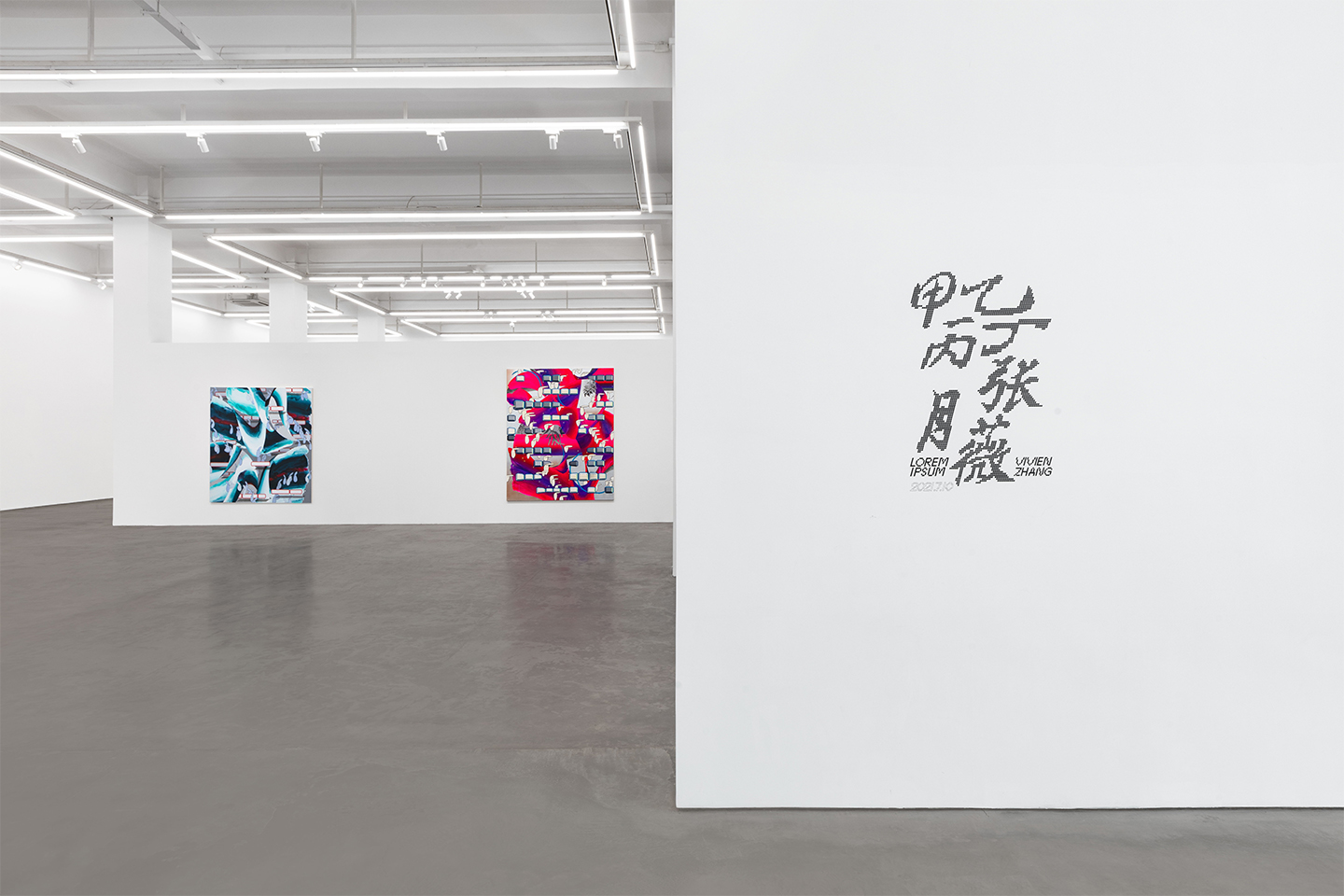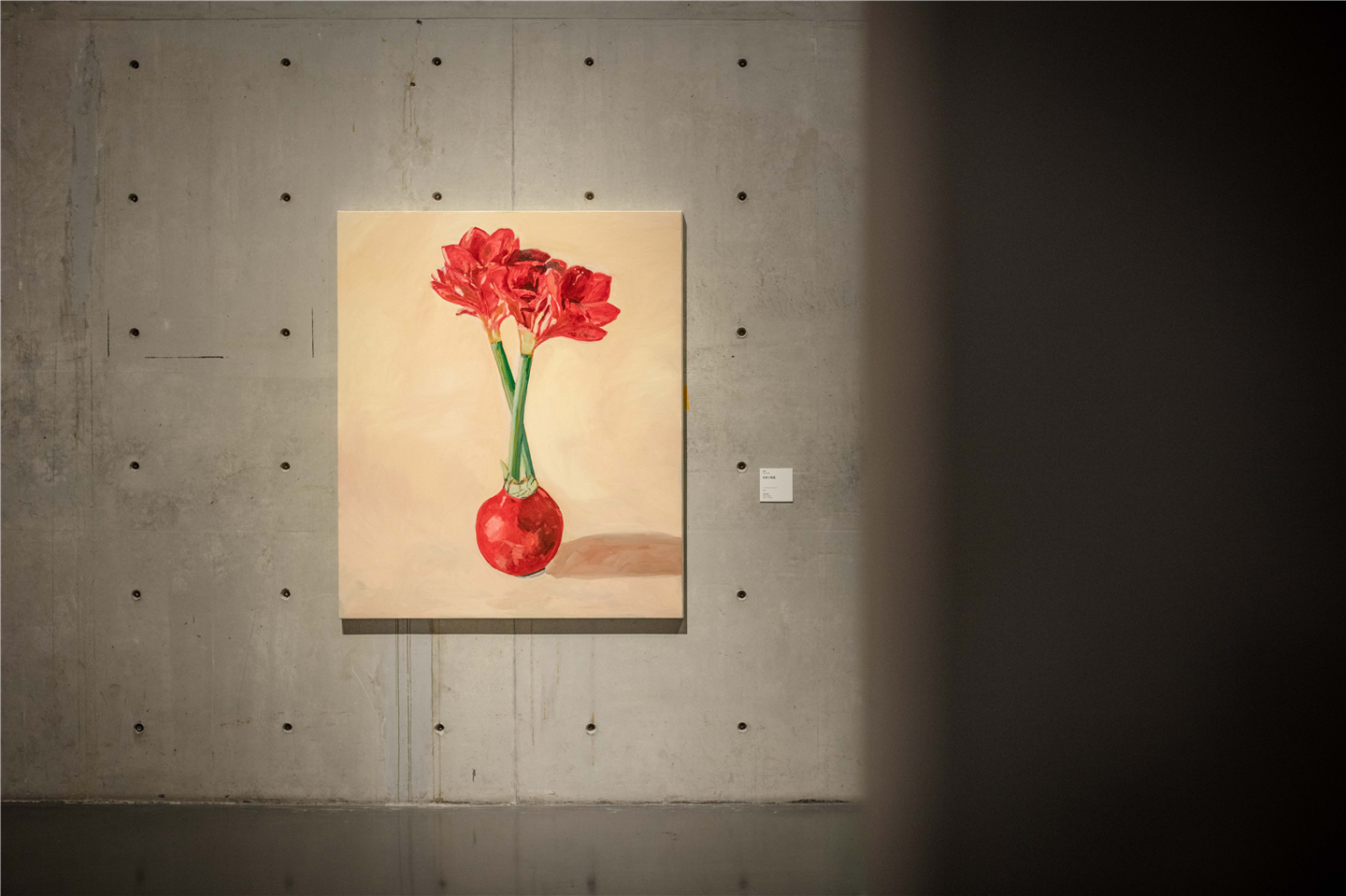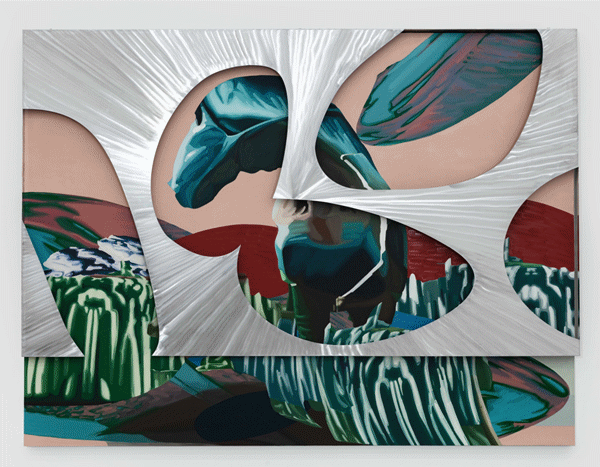April 22–July 23, 2023
Beijing 100015
China
Hours: Tuesday–Sunday 10am–6pm
T +86 10 5978 9768
F +86 10 5978 9764
lm@longmarchspace.com
Fictions of Interdomain Routing is curated by Michael Connor, Iris Long and Ziyang Wu, supported by assistant curator Yuan Mengru.
Artists: Dennis de Bel / Harwood, Wright, Yokokoji / Tabita Rezaire / Mark Ramos / Electronic Disturbance Theater 2.0/b.a.n.g. lab / Jeroen van Loon / Ziyang Wu.
What happens when you swipe your phone and check this message? What is evoked when you navigate with a digital map to Long March Space to see this show? With each fleeting moment of our interaction with a phone, laptop, auto-pilot car, smart system, we are entangled in an intricate, immense, and expansive global infrastructural network. Before turning into legible messages, signals are transmitted across the sky and ocean, through undersea cables and “star links,” and computed across mountains and seas.
In this exhibition, artists offer poetic and critical interfaces to communications networks and infrastructure both real and imagined. They allow us to explore our entanglement in these technical systems through works that draw on historical research, social practice, hacking, storytelling, videogames, and sculptural uses of technology.
As well as interrogating and problematizing the existing Stack, several of the artists consider the potential of alternative networks that challenge the dominant paradigm. These alternative networks offer modes of connection, communication, and solidarity, beyond the hegemonic structures of the Internet and global communication systems.
“They are things and also the relation between things.” Brian Larkin’s description of the peculiar ontology of infrastructures applies to the infra layer of planetary computation: not only a technical assemblage, but also a contested field of resource excavation, obscure labor, digital colonialism, inseparable power, and struggles. Abstract on a global level, the cases these artists examine concretize at in-between spaces where minerals traverse geographical and geological zones, infrastructural privatization and monopolization interlock, governance takes shape physically and virtually, and territorial negotiations form at those seemingly geographically most remote and sparsely populated sites.
In computer science, “interdomain routing” refers to the protocol in which the routing algorithm works both within and between domains. We propose “interdomain routing” as a method of exploring and inhabiting the stack of infrastructures. We envision a domain not only as an actual and/or virtual counterpart of “territory,” but also as a sphere of knowledge and practice. Interdomain routing as an artistic practice involves “routing” not only technological domains but also temporal, ecological, and cultural ones. It can involve traversing multiple scales of force and spacetime configurations, some of them fragmented, some “monumental” (in Ingrid Burrington’s words), some tangible, some invisible. Routing can be unexpected, performative, hypercritical; it can even be a means of survival.
Electronic Disturbance Theater 2.0/b.a.n.g. lab’s work Transborder Immigrant Tool or TBT (2007–ongoing) and Tabita Rezaire’s Deep Down Tidal (2017) create a parallel narrative about how “transnational” bodies are conducted by networks across continents and countries. Harwood, Wright, Yokokoji’s work Tantalum Memorial (2008) is originally a series of telephony-based memorials to the more than four million people who have perished in the complex wars that have gone on in the Congo since 1998 (often referred to as the “Coltan War”). Dennis de Bel’s year-long research, Mountain Stronghold (2022), meanwhile, forensically maps data centers that re-use existing infrastructures such as cold war bunkers, natural caves, mines and religious structures worldwide. Ziyang Wu’s Pasig River 2030 – 6 Plus (2022) and Ziyang Wu + Mark Ramos’s Future_Forecast (2021–ongoing) ask questions like what will a speculative future ISP and blockchain company do to a river, a local family, and an acre of land. Furthermore, Jeroen van Loon’s work Ephemeral Data, is a poetic investigation and performative reflection and remapping of the undersea cables that stretch across the ocean floor. In this exhibition, the artist creates a site-specific version of the piece which incorporates geo-data of submarine cables connecting China and South East & South Asia, Africa, Oceania, Europe and North America. Ephemeral sand, also the raw material of fiber optic cables, is transformed into mandala paintings representing our digital infrastructures.

